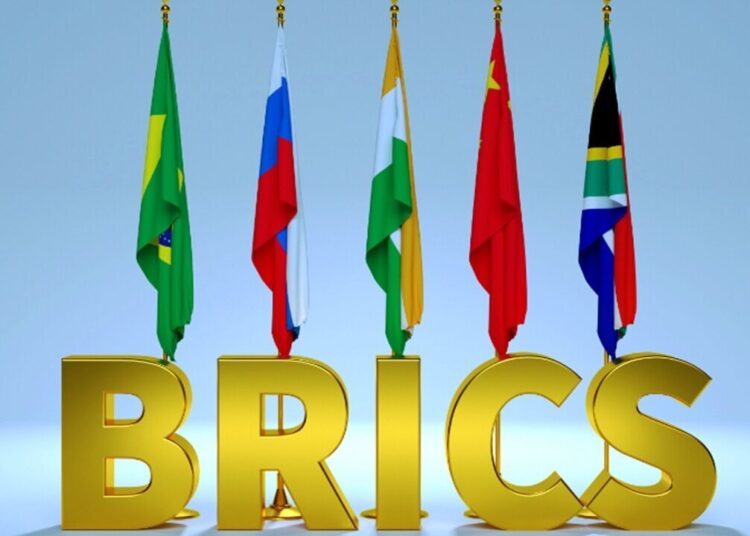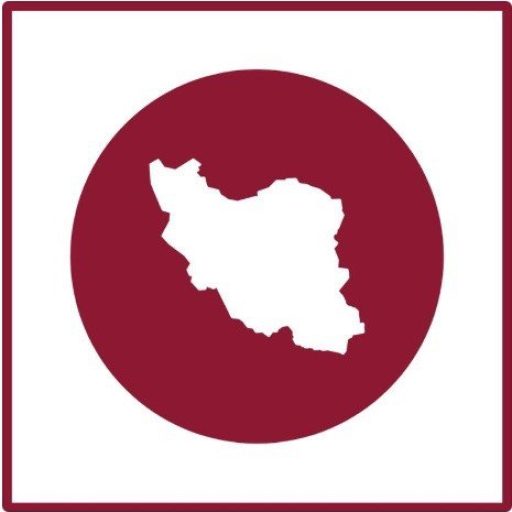Entrance into the BRICS fold for Iran can hold significant implications. It would not just broaden Iran’s regional influence, but also amplify its geopolitical and geoeconomic standing. It would facilitate access to a diversified network of economic partners, financial resources, and technological advancements in tandem with emerging economies. Iran’s inclusion could also promote agricultural expansion and food security initiatives, alongside boosting trade and facilitating the evasion of sanctions.
The Research Center at the Iran’s Chamber of Commerce prepared an in-depth report outlining “Iran’s Membership in the BRICS.” It carefully traces the historical trajectory of BRICS’ inception, evolution, and its institutional anatomy, identifying the challenges of convergence within BRICS and analyzing the probable hurdles along with the prospects of Iran’s inclusion.
The report underscores the escalating importance of the BRICS within the international political economy and posits the following:
- Encompassing Brazil, Russia, India, China, and South Africa, BRICS represents a symphony of emerging global powers. Its crowning achievement lies in carving independent financial institutions that boost convergence, a merit that stands as a potent weapon in the refreshed global economic dynamics.
- However, issues like Russia’s ongoing conflict with the Ukraine and an apparent lack of support from fellow BRICS nations signal at challenges in value homogeneity and political solidarity, underlining BRICS’s own internal deficiencies. These entail a lack of strong political convergence and imbalances in socio-political growth, coupled with the absence of a distinct geopolitical linkage among member nations.
- Two financial bodies within BRICS have surfaced as its bulwarks. The BRICS Development Bank, established in 2014 with an imposing capital of 100 billion dollars, is deemed the most significant stride towards consolidating a shared and convergent role for these nations within the global economy. Headquartered in Shanghai, China, this bank’s agenda centers around funding infrastructure projects in BRICS countries and other burgeoning markets. Another instrumental establishment manifesting financial convergence among BRICS nations is the BRICS Contingent Reserve Arrangement (CRA). Launched in 2014, the CRA acts as a safety net offering liquidity to members facing payment issues or financial crises.
- The roadmap leading to Iran’s integration into BRICS appears fraught with complexities and steep challenges. Iran’s potential membership might render economic advantages and bolster national prestige, but optimistic fantasies from this induction should be tempered. Unrealistic expectations that may likely remain unfulfilled should not be propagated among the Iranian public.
- As Iran grapples with sanctions, equilibrium needs to be reached between responsibilities it would incur through BRICS membership and benefits accrued. A central objective for Iran is to secure financial resources via the reserve mechanism and the new development bank of this institution. However, financial sanctions imposed by the United States could pose a formidable obstacle for Iran to tap into these resources. Nevertheless, should Iran secure membership and gain approval from existing members, it could potentially tap into financial resources supplied in the form of currencies of BRICS member nations.
- It bears remembering though, the removal of financial sanctions on Iran is a critical precursor for reaping the benefits of its BRICS membership. The challenges of accessing BRICS financial resources may impede Iran from attaining its key geoeconomic objectives.
- The integration of Iran into the economic framework of BRICS may orchestrate a tableau of potential challenges regarding alignment with economic policies, regulatory systems, and business methodologies currently synergized with existing BRICS members. Crafting coordination and assimilation within intricacies like customs, tariffs and investment legislations can unfurl into a labyrinthine task.
- Crucial implications arising from Iran’s admission into the BRICS encapsulate the enhancement of Iran’s regional clout, along with its geopolitical and geoeconomic standing. Concurrently, it broadens the spectrum of Iran’s economic partners, firmly engaging with emerging economies, while also opening doors to financial sources and technological innovations. This integration potentially fosters growth in agricultural and food security initiatives, as well as trades and provides a pathway around stringent sanctions.






